“While this strategy will clean the air for all Californians, it will also lead to reduced emissions in the many low-income and disadvantaged communities that experience greater levels of persistent air pollution.” - By Gianna Melillo - Sep. 23, 2022
SACRAMENTO - 22nd September 2022 - The California Air Resources Board approved a statewide plan for attaining the federal health-based standard for ozone, typically experienced as smog. The 2022 State Implementation Plan Strategy identifies the state’s control strategy for meeting the federal 70 parts per billion, 8-hour ozone standard over the next 15 years.
The 2022 State Implementation Plan (SIP) Strategy includes an unprecedented variety of new measures to reduce emissions from sources under the state’s authority using all mechanisms available to transition away from combustion through regulations along with incentive and voluntary programs.
Strategies outlined in the plan build on measures and commitments already made and range from the Advanced Clean Truck Measures and In-Use Locomotive Measure to a proposed zero-emissions space and water heaters measure, measures to reduce emissions from consumer products, and more. The decision, which was passed unanimously, aims to phase out sales of gas furnaces, boilers, water heaters, gas stoves and cooktops by 2030.
Basically California has just sounded the death-knell for gas heating appliances in homes, because "zero-emissions space and water heaters" basically means the adoption of electric heating, electric water heaters and electric cooking in homes is now inevitable.
In the Proposed 2022 State Strategy for the State Implementation Plan of August 12, 2022 residential and commercial buildings in California account for approximately five percent of the state’s total nitrogen oxide emissions due to natural gas combustion, and space and water heating make up nearly 90% of all building-related natural gas demand.
California calls for federal regulations to reduce the use of fossil fuels
But the California Air Resources Board also pointed out that they need federal help to really clean up the air by removing the main causes of pollution from burning fossil fuels.
"We need to take every action we can to deliver on our commitments to protect public health from the adverse impacts of air pollution, and this strategy identifies how we can do just that," CARB Chair Liane Randolph said. "But to truly meet the ozone standard, California needs more federal action to clean up harmful diesel pollution from primarily federally controlled sources, from locomotives and ocean-going vessels to aircraft, which are all concentrated in communities that continue to bear the brunt of poor air quality. We simply cannot provide clean air to Californians without the federal government doing its part.”
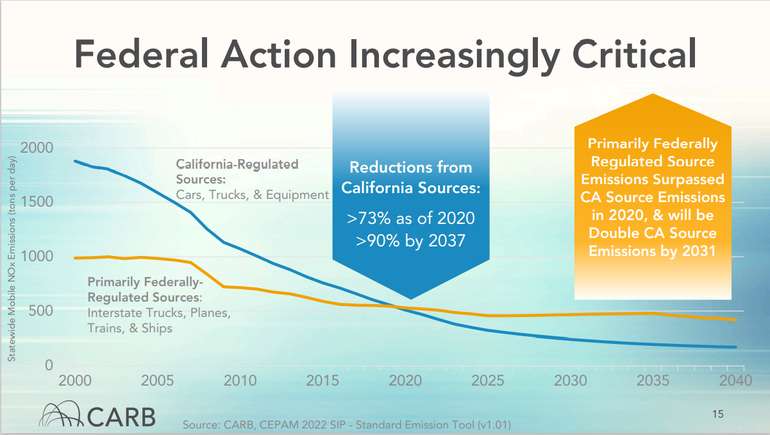
While California has made great progress in cleaning the air, more than half of Californians (21 million people) still live in areas that exceed the heath-based 70 ppb ozone standard. A disproportionate number of those most impacted by high ozone levels live in low-income and disadvantaged communities that also typically experience greater exposure to diesel exhaust and other toxic air pollutants compared to surrounding areas.
Nineteen areas in California are designated as nonattainment for the 70 ppb 8-hour ozone standard including the only two extreme areas in the U.S., the South Coast Air Basin and the San Joaquin Valley.
Seven areas need reductions beyond already-adopted state and local regulations including the South Coast Air Basin, San Joaquin Valley, Ventura County, Eastern Kern County, the Sacramento metropolitan area, Western Mojave Desert and Coachella Valley.
CARB projects the 2022 State SIP Strategy will achieve more than 200 tons per day of NOx and 40 tons per day of reactive organic gases (ROG) emissions reductions statewide in 2037. A large portion of these reductions will occur in and around communities near major roadways and ports, airports and warehouses, providing substantial health benefits.
The total net cost of the 2022 State SIP Strategy is estimated as $96.2 billion, which includes $33.8 billion in CARB measures and $62.3 billion in measures that require federal actions between 2023 and 2037 with an annual cost of $8.8 billion. These costs do not reflect the potential health and environmental benefits of attaining the federal ambient air quality standards.
CARB held a robust public process over the past 14 months with early stakeholder engagement, four public workshops and an informational update to the board in February, resulting in new measures being added to the 2022 State SIP Strategy throughout the public process.
Later this year, and into early 2023, CARB will be considering regional SIPs for the seven nonattainment areas needing additional emission reductions beyond those defined in the 2022 State SIP Strategy. These regional SIPs will identify local actions that will complement the state, federal, and international measures identified in the 2022 State SIP Strategy.
California leads the way in banning all gas heating appliances in US homes
“We’re really hopeful that this is the beginning of a domino effect and other states will follow California’s lead,” said Leah Louis-Prescott, a senior associate at RMI, a non-profit focused on the transition to clean energy.
The new regulations will rely on adoption of the best heat pump technologies, which are being sold to electrify new and existing homes.
Although the proposal does not specifically include banning gas stoves which increase the risk of asthma and cancer, several cities and towns in the state already ban or discourage use of gas stoves in new buildings.
California’s Public Utilities Commission also eliminated subsidies for new natural gas hookups last week, marking the first state to do so - demonstrating that gas is a thing of the past...
Now you know more about why California is banning natural gas from homes, learn more about sustainable home comfort, energy efficiency and how to reduce the carbon footprint of homes on the following pages and in the Ecohome Green Building Guide.
Find more about green home construction and reap the benefits of a free Ecohome Network Membership here. |
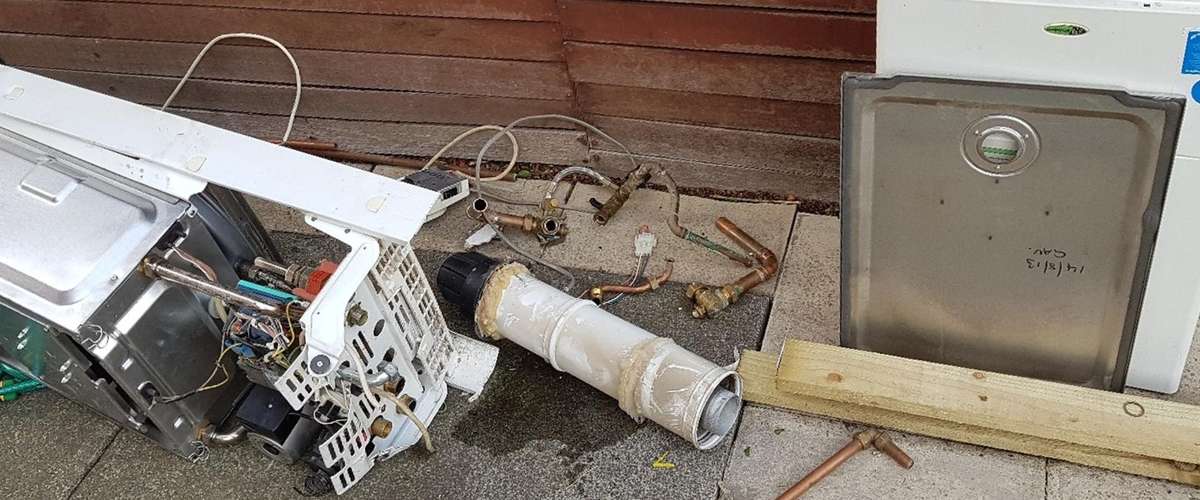















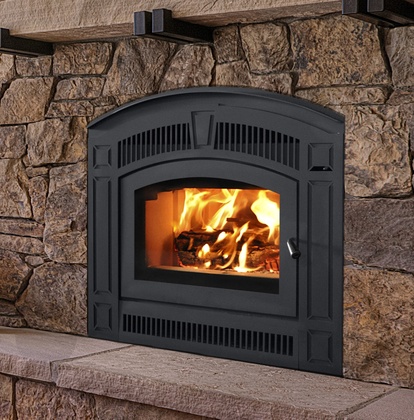

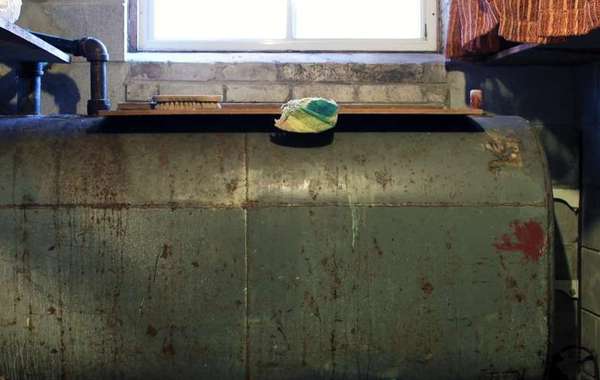
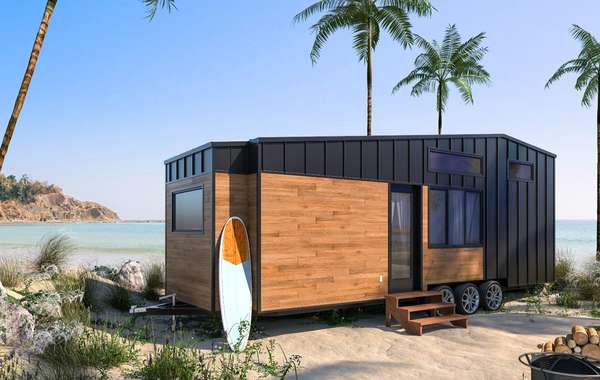
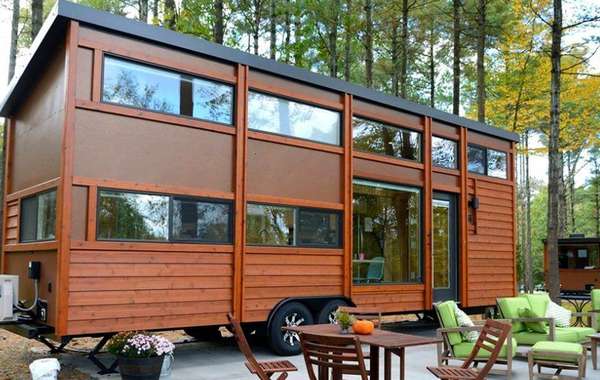

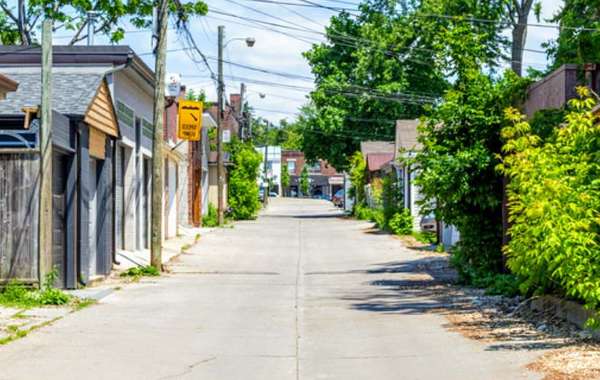
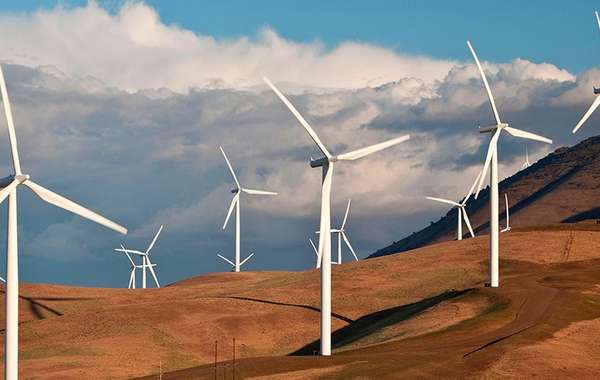
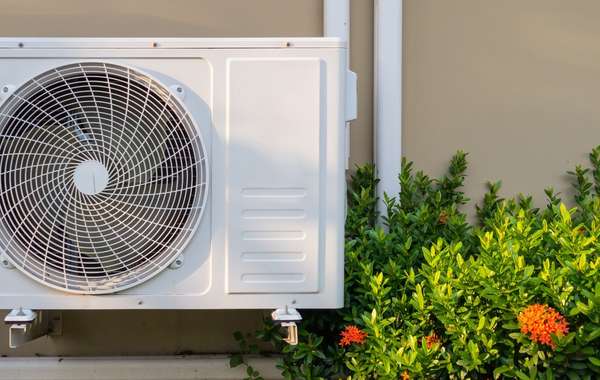
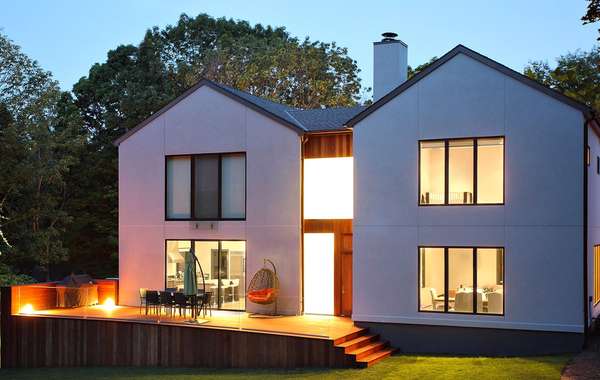

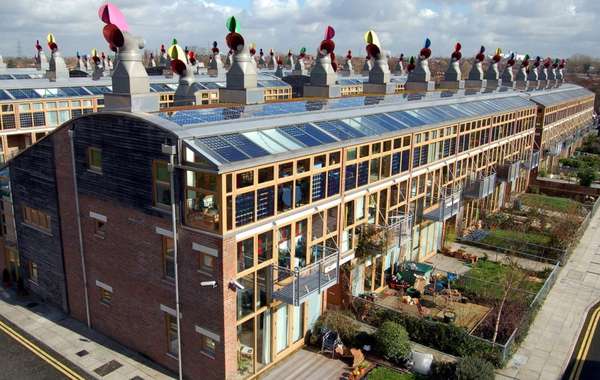
Comments (0)
Sign Up to Comment